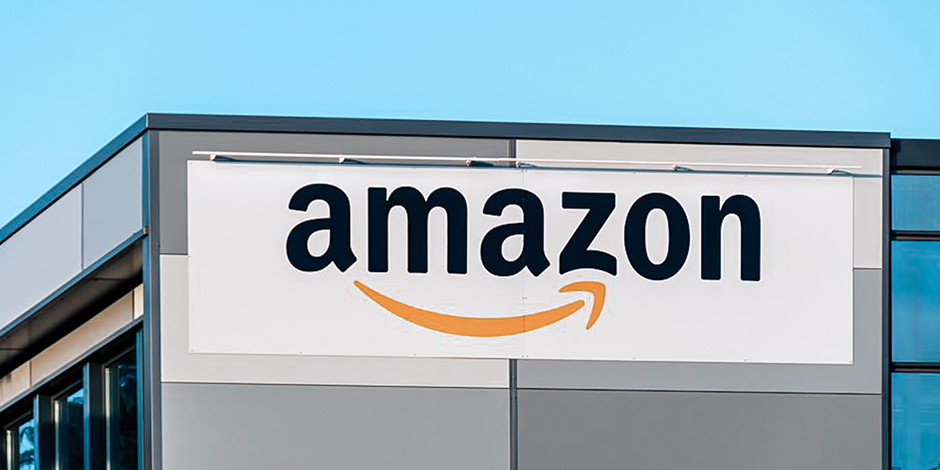This coming July 5 marks the official 30th anniversary of the founding in Jeff Bezo’s garage of an online bookstore that grew up and reinvented how we shop. In 1999, after just five years in business, Amazon generated a respectable $650 million in yearly sales, or about 5% of all U.S. e-commerce. But the category accounted for just 0.6% of all retail sales, according to this interactive Federal Reserve chart based on Census Bureau data.
A quarter-century of relentless growth later, estimates of Amazon’s U.S. merchandise sales for the most recent year range as high as $540 billion, and the overall e-commerce share of the retail economy had swelled to 15.6%.
But the Fed chart reveals a striking development: after the spike in online shopping ignited by the 2020 Covid quarantine, the e-commerce share of all retail sales had shrunk to less than 15% in the third quarter of 2023. Over the past four years, the e-commerce slice of retail industry revenue has gained by only 0.5%.
Online sales are forecast to continue growing, but the rate has been slowing. After a decade of 20% or better increases, growth dropped to single digits in 2022, according to research firm Insider Intelligence. U.S. online sales are projected to grow about 12% for each of the next three years.
Further evidence comes from the marketing side. During the height of the pandemic, online advertising boomed and ad rates went through the roof. Since the peak, shoppers have returned to stores, e-commerce sales growth has slowed, and ad rates have retreated. Digital marketing platforms like Meta (Facebook) that beefed up their head counts to meet the demand have since announced layoffs.
All this apparent deceleration begs many questions. Is the e-commerce channel becoming saturated, bumping into a market-share ceiling? Are shoppers losing their enthusiasm for easy, cheap, and fast? Are they returning to offline shopping? And how do the statistics take into account the proliferation of hybridization, otherwise known in the industry as the omnichannel?
The Census Bureau defines e-commerce as sales of goods and services “where the buyer places an order, or the price and terms of the sale are negotiated over an (…) online system. Payment may or may not be made online.”
In their financial reports, traditional brick-and-mortar retailers don’t break out the various permutations of online and offline customer interaction that could result in a sale. But it seems likely that the flattening of e-commerce’s market share is less a change in shopping habits and more a reflection of the growing sophistication of shoppers and of traditional retail marketers.
For example, omnichannel includes online research that leads to an in-store purchase. Feedvisor, a consulting firm that provides AI pricing services to merchants, publishes an annual Amazon Consumer Behavior Report in which it has reported that 56% of online shoppers start by seeing what’s on Amazon, paying particular attention to reviews.
Retailers like Walmart have mobile phone apps that allow shoppers who are in the store to check prices and locate aisles where items can be found. The sale that results won’t show up as an e-commerce transaction. An item that is purchased online and returned in-store may generate incidental sales that won’t show up as e-commerce. Click-and-collect is a growing channel that begins online but is completed in a parking lot.
What the Census Bureau statistics suggest is a slowdown in growth may simply be an inability to reflect what is happening on the ground, and the many ways that e-commerce and in-store retailing are merging.
All this raises more questions on how inventory needs to be planned and managed, how prices are controlled and how products are developed for a very fluid customer and their expected experience.
It does appear that each customer cohort within different retailers behave differently. Further, their expectations are different by retailer, brand and channel (ie. online and in-store). A complex problem considering the dynamic nature of the customer behavior itself. It seems a good starting point is having a solid understanding of where the customer is now and trying to anticipate where they are going...
Subcription Required.














